Description
The San Joaquin Fiesta is an annual religious and cultural celebration held in San Joaquin Village, Corozal District. According to oral histories passed down within the community, refugees of the Caste War of Yucatan who traveled from Bacalar, Mexico established the Village. They brought with them the culture of venerating the patron saint of Bacalar, San Joaquin. Initially villagers would travel to Bacalar to venerate San Joaquin on his feast day, but in 1967 this all changed when a group of believers held the first Fiesta. The Fiesta was inaugurated by then Premiere Honorable George C. Price.
Currently, celebrations commence on 8th August, with the symbolic running of the torch from the Catholic Church in Bacalar, Quintana Roo to the San Joaquin Village Catholic Church. Young people take turns carrying the torch passing through the communities in Corozal, which is a signal to all that the San Joaquin Fiesta and novenas are about to commence. The torch is used to light the veladoras, candles, laid at the statue of San Joaquin in the Church, and the first Novena is carried out.
The Novenas last for 9 days, and faithful parishioners including cantadoras (singers) and rezadoras (prayer ladies) lead the singing and prayers. The church remains open throughout much of this period so that visitors can come to express their gratitude to the Patron Saint for blessings bestowed upon them. Believers bring candles; kneel in reverence saying personal prayers; and bring ribbons and small tokens to hang from the statue of the Patron Saint. Many of these small tokens and ribbons represent a family member, often children, who are being “dedicated” to the saint for protection and hopes of a long healthy life.
Many believers visit the church to attend misa on 16th August. Visitors come from across Belize, and some from Chetumal, Quintana Roo, Mexico. After the novena and the mass, a fiesta atmosphere descends. Mechanical rides, food vendors, stalls, and an annual dancehall with a live band are a main feature. The profits raised from the fiesta are used to carry out community service activities, maintain community outreach programs for youth and the elderly, and for the continued maintenance and growth of the church building and grounds. Contributions from these proceeds have also been made to the San Joaquin Primary School and the Village Council.
A much anticipated social event of the feria is the opening ceremony, where cultural dance performances and the crowning of Ms. San Joaquin are a highlight. Ms. San Joaquin is identified by the feria committee, and is elected based on her involvement in community and church activities; she is considered a role model for others in the community. The performances feature traditional maya – mestizo dances including los zapateados, and new innovative choreographs.
Transmission and Safeguarding Practices
The San Joaquin Fiesta has developed and transformed greatly since its initial establishment. One factor which has contributed to its continued successful organization over time has been its organized coordination by various groups dedicated to ensuring the various components of the fiesta are supported, and allow for the continued practice of the celebration. It is now coordinated by the San Joaquin Fiesta Church Committee, responsible for the religious activities; San Joaquin Fiesta Committee, responsible for the secular activities; and San Joaquin Village Council who manage the grounds and public activities. This systematic organization of the Fiesta and all its various components, allows for a coordianted execution and transmission of the celebration.
The establishment of cultural dance groups such as the Raices Mexicanos Retornos Belicenos also allow for the
Continuity of the San Joaquin Fiesta
Associated Cultural Forms, Traditions and Knowledge
Zapateados; Rezas; Traditional Culinary Practices;
Spaces for Enactment
(What places, spaces and locations are integral to its practice?)
- Bacalar, Mexico
- Corozal District
- San Joaquin Village, Corozal District
- San Joaauin Catholic Church
- San Joaquin Village Park
Communities and Groups Involved
- San Joaquin Catholic Church Committee
- San Joaquin Fiesta Committee
- San Joaquin Village Council
- Raices Mexicanos Retornos Belicenos Dance Group
Other Sources of Information
Contributors to this Article (including Belize ICH Network Members, National Institute of Culture and History Staff, and community informants who participated in the Inventorying Process): Michael Bradley, Arturo Cantun, Felicita Cantun, Florencia Castillo, Mariela Coc, Rolando Cocom, Liduvino Cowo, Maria Cowo, Nigel Encalada, Kendra Griffith, Jesucita Guerra, Francisco Javier Magana, Maria Angelita Magana, Othon Magana, Myrna Manzanares, Javier Martinez, Juliannie Murray, Phylicia Pelayo, Giovanni Pinelo, Jesly Pol, Yarely Pol, Linette Sabido, Selene Solis
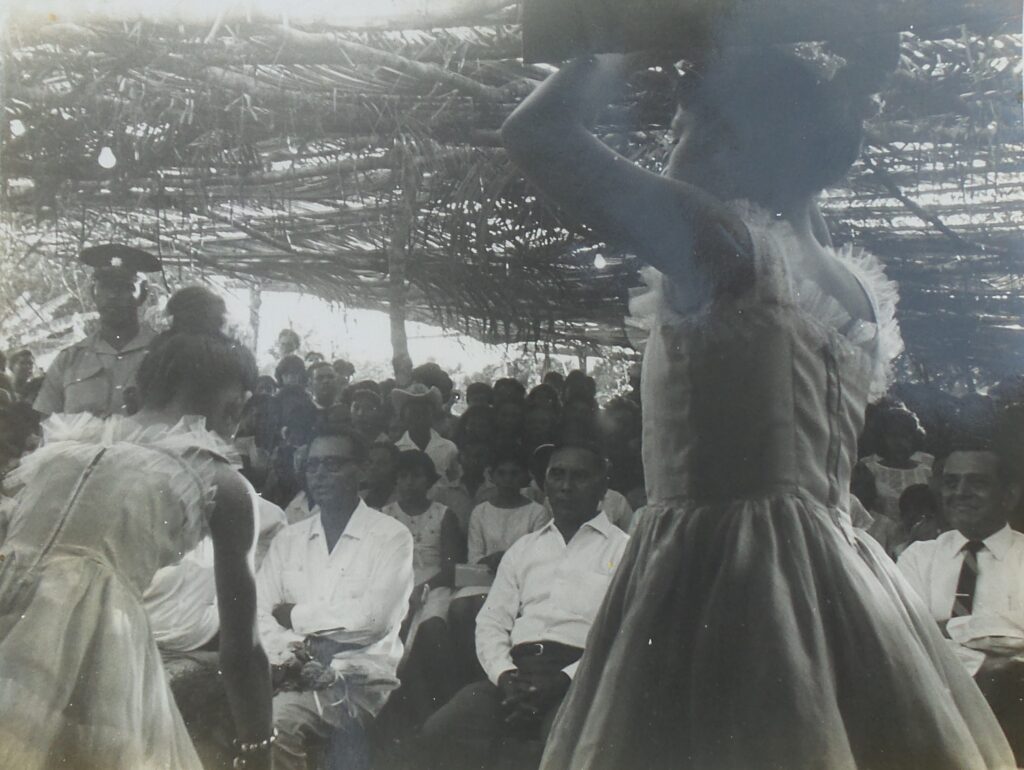
Photograph of Angelita Magana-San Joaquin Fiesta Collection July 17 2016. 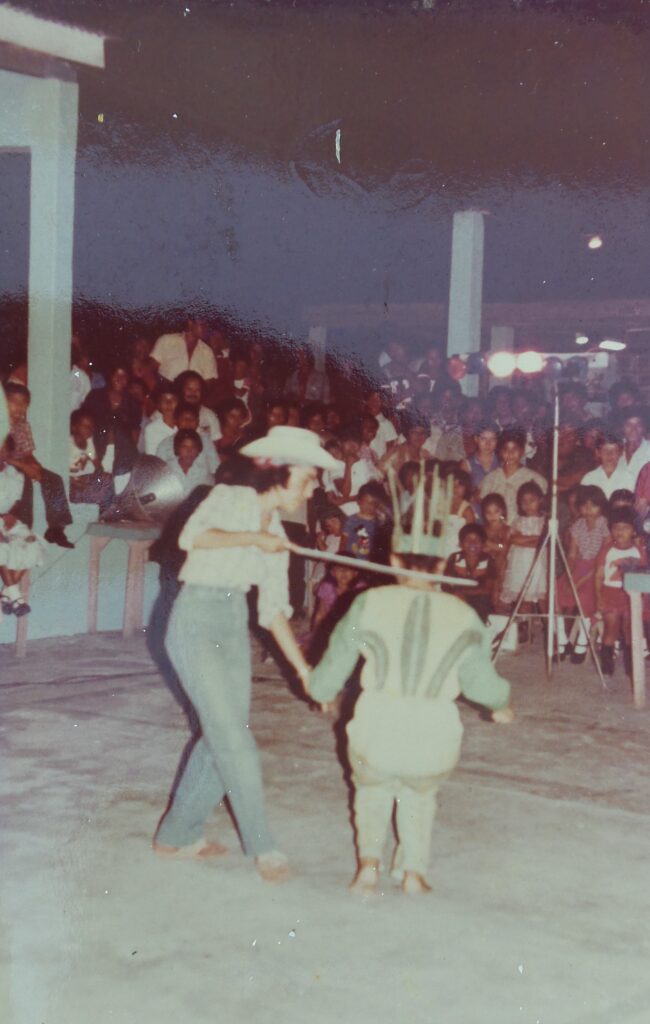
Photograph of Angelita Magana-San Joaquin Fiesta Collection July 17 2016. 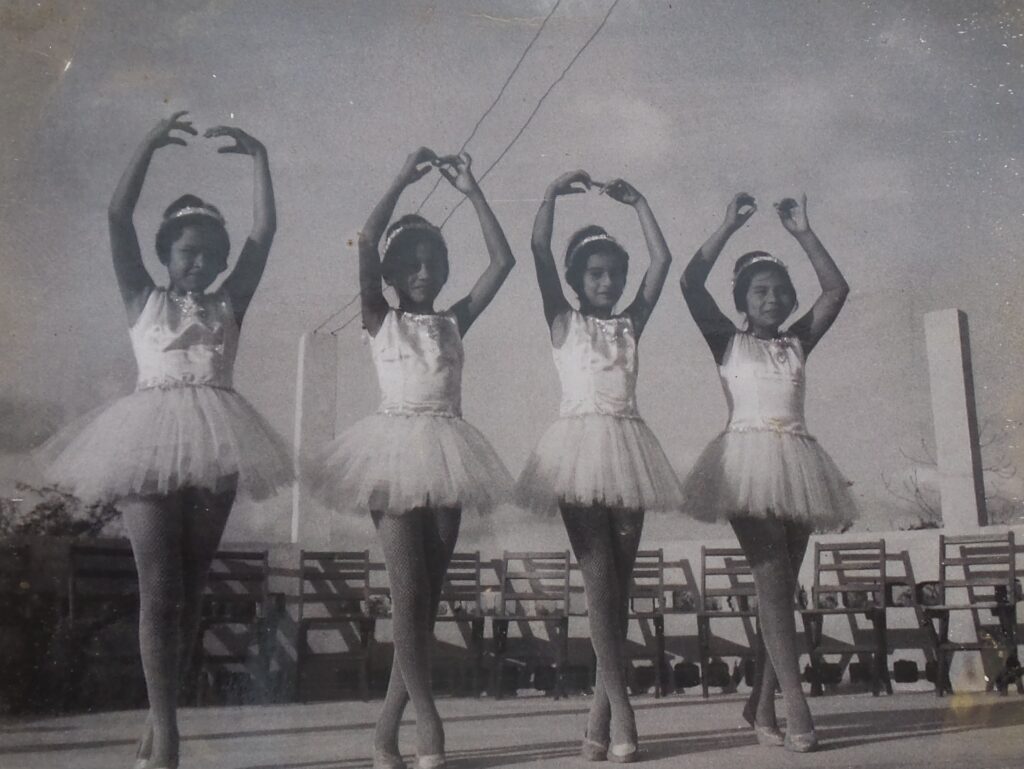
Photograph of Angelita Magana-San Joaquin Fiesta Collection July 17 2016. 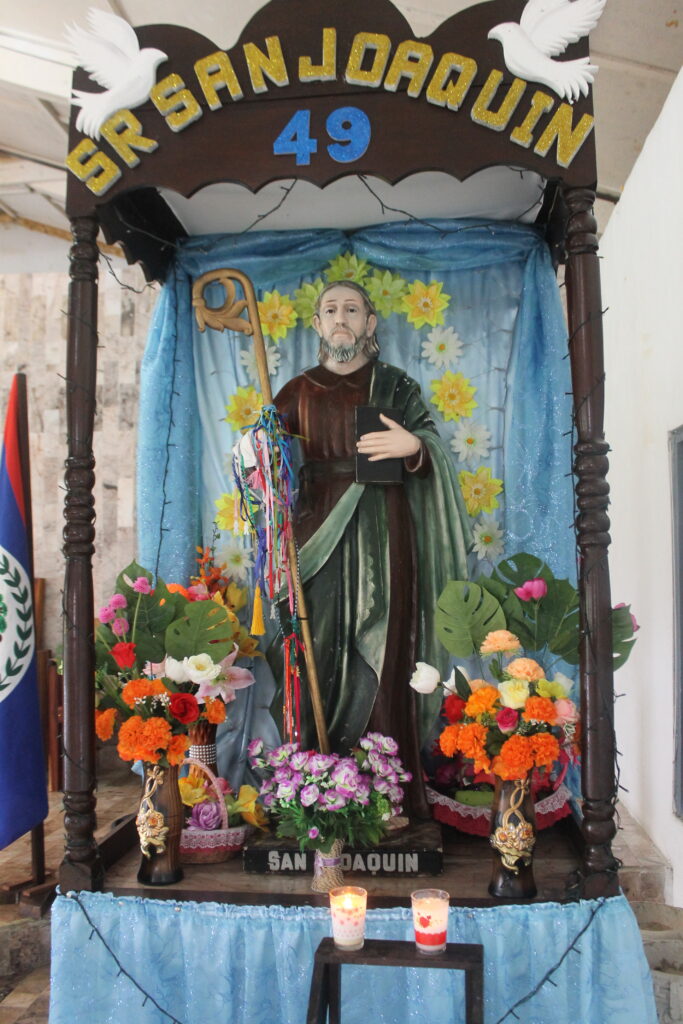
Photograph of San Joaquin Field Visit Dec 13 2015. 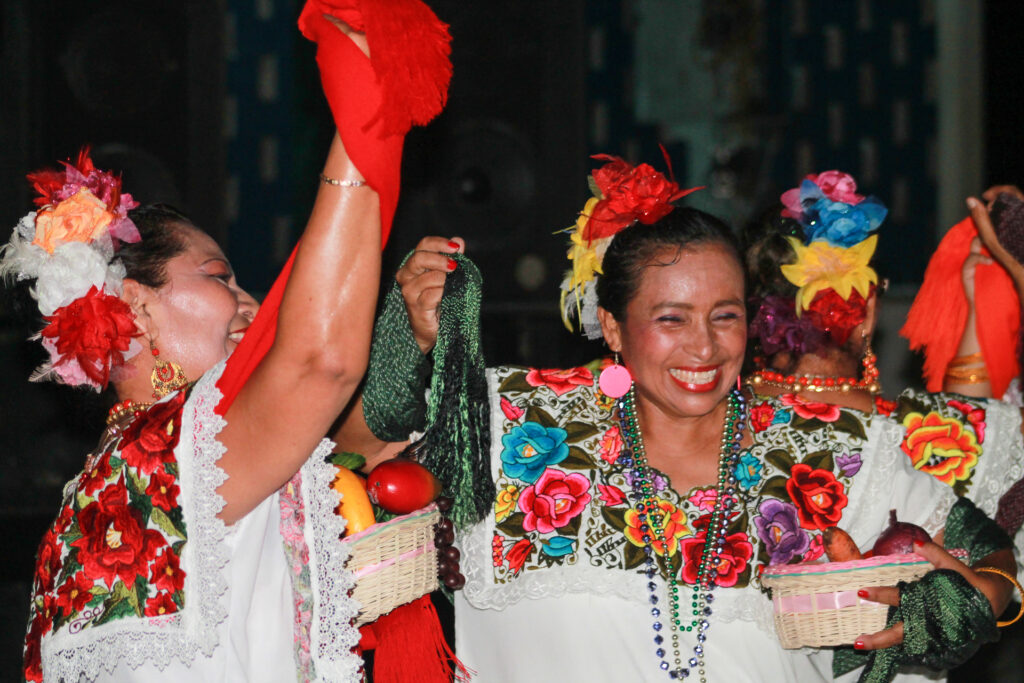
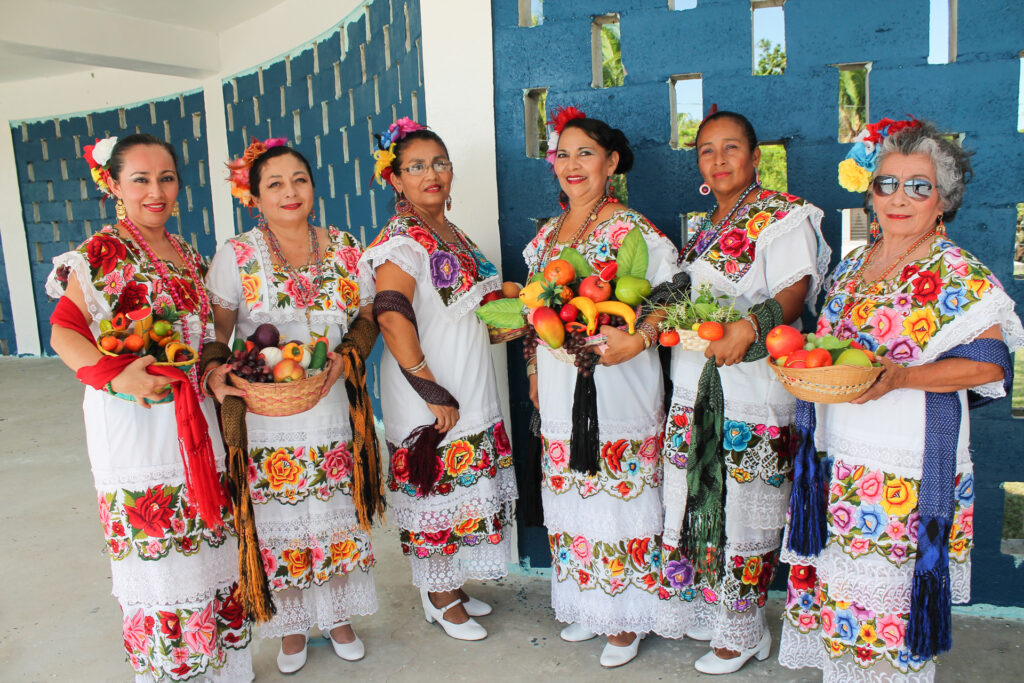
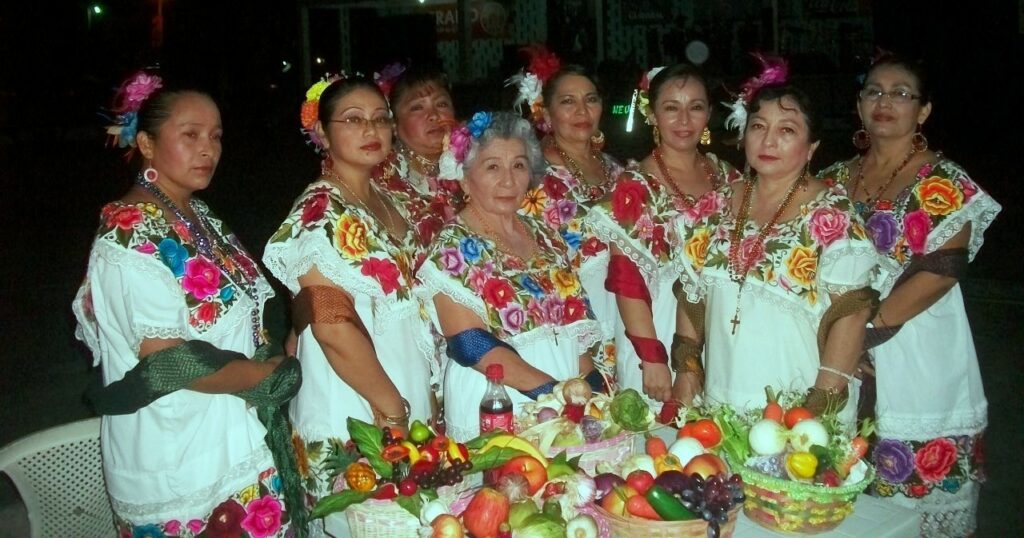
Photograph of San Joaquin Fiesta 2013.


